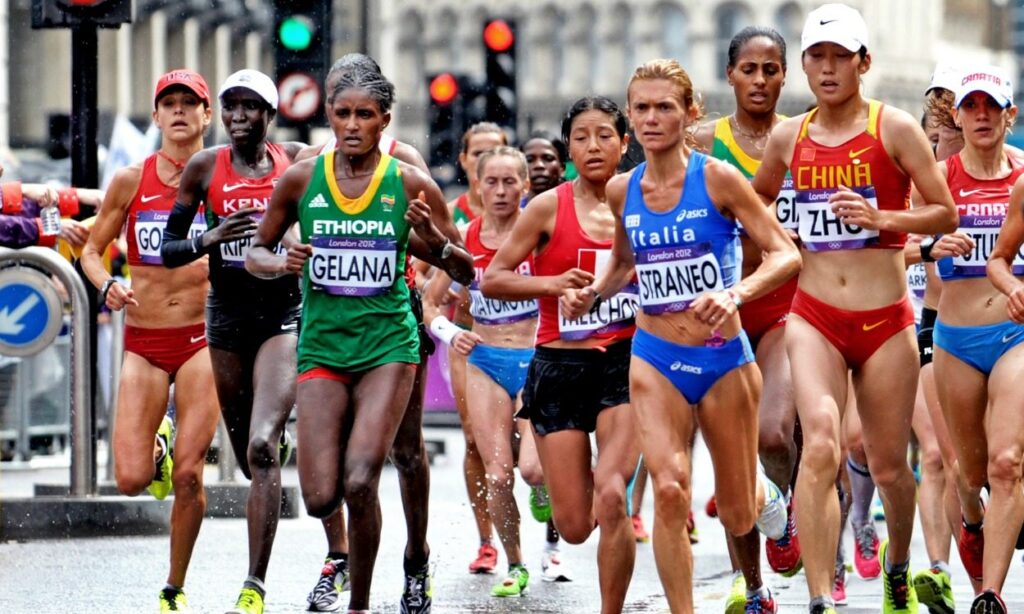The Women’s Marathon: A Comprehensive Overview
Introduction
The women’s marathon is a long-distance running event covering 42.195 kilometers (26.2 miles). It has become one of the most prestigious events in athletics, showcasing endurance, perseverance, and the spirit of competition. Though the marathon has a long history, women’s participation is a relatively recent development, marking significant strides in gender equality in sports.

Historical Background
The marathon has its origins in ancient Greece, but it wasn’t until the late 20th century that women were allowed to compete in official marathon events. The first women’s marathon was held in 1972 at the New York City Marathon, marking a significant milestone for female athletes.
However, the inclusion of the women’s marathon in the Olympic Games did not occur until 1984 in Los Angeles, a breakthrough moment that brought global recognition to female marathoners.
Olympic Milestones
The first Olympic women’s marathon in 1984 was won by Joan Benoit of the United States, who finished with a time of 2:24:52. This event not only highlighted the athleticism of women but also challenged stereotypes that had long limited their participation in endurance sports.
Since then, the women’s marathon has been a staple of the Summer Olympics, with many legendary runners such as Rosa Mota, Naoko Takahashi, and Paula Radcliffe making their mark.
Training and Preparation
Training for a women’s marathon is a rigorous process that requires months of preparation. Athletes typically follow a structured training plan that includes long runs, speed work, strength training, and recovery periods. Nutrition and mental preparation are also crucial components, as the marathon demands not only physical endurance but also psychological resilience.
Notable Records and Achievements
One of the most significant records in the women’s marathon is held by Brigid Kosgei of Kenya, who set the world record with a time of 2:14:04 at the 2019 Chicago Marathon. This achievement underscored the evolution of the sport and the increasing competitiveness among female marathoners.
Other notable achievements include the performance of Paula Radcliffe, who held the world record for 16 years with her time of 2:15:25 set in 2003. The progression of marathon times over the years reflects advancements in training techniques, nutrition, and the growing popularity of the sport among women.
Global Participation and Growth
The women’s marathon has seen tremendous growth in participation worldwide. From major international marathons like those in Boston, London, and Tokyo to smaller local events, women of all ages and backgrounds are taking up the challenge. This increase in participation has also led to greater visibility and support for female athletes, inspiring a new generation of runners.
Challenges and Opportunities
Despite the progress, female marathoners still face challenges, including gender disparities in prize money, sponsorship opportunities, and media coverage. However, initiatives promoting equality in sports and increasing awareness of women’s achievements in marathon running are helping to bridge these gaps.
Conclusion
The women’s marathon is more than just a race; it is a testament to the resilience and strength of women athletes. From its humble beginnings to its current status as a premier event in athletics, the women’s marathon continues to inspire and empower women around the world. As the sport evolves, it will undoubtedly continue to break barriers and set new standards for excellence in endurance sports.
